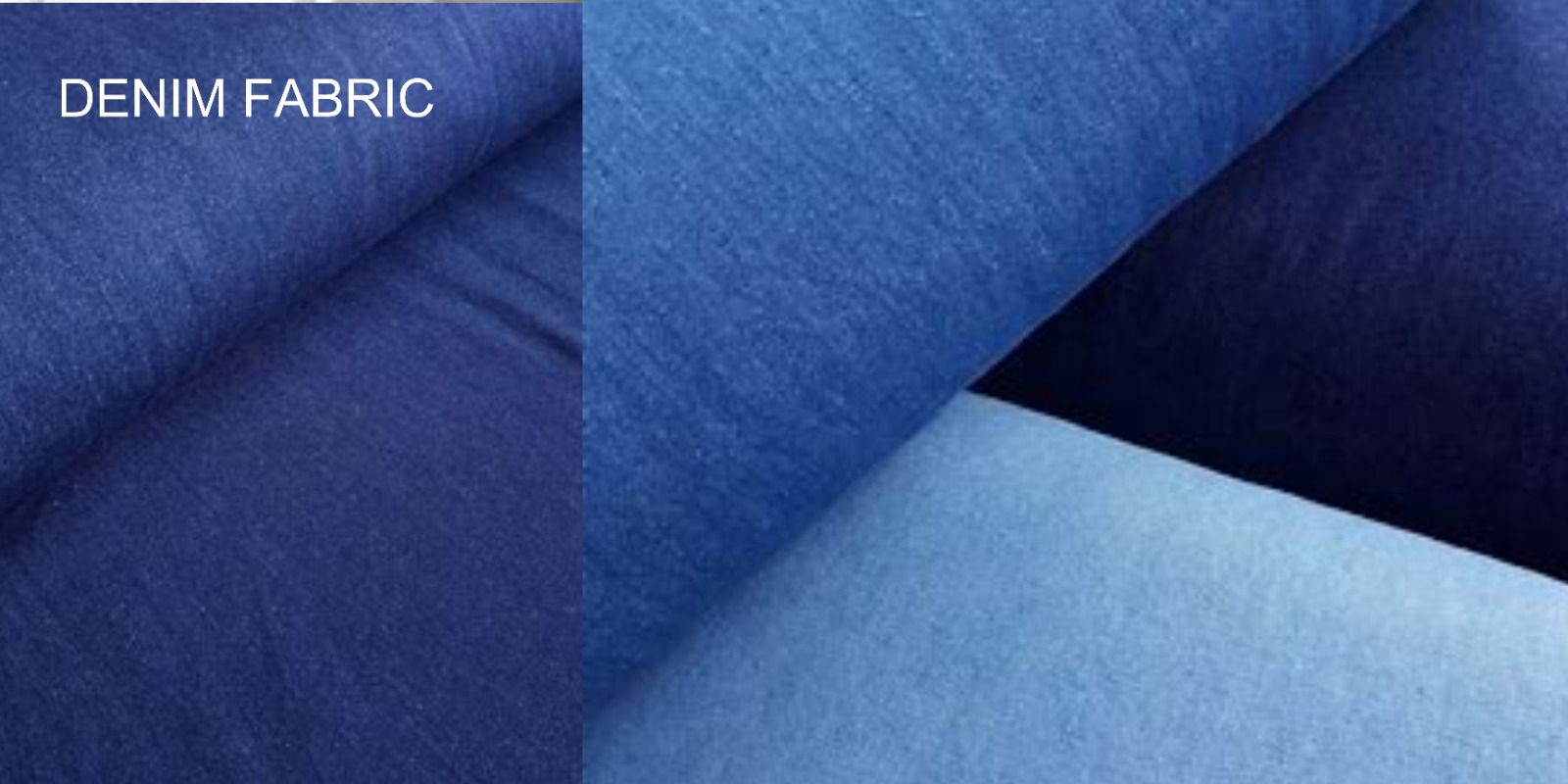
Denim Fabric

Denim Fabric Is Made From Cotton Fibers And Is Characterized By Its Unique Weaving Technique, Which Creates A Diagonal Ribbing Pattern Known As Twill. Denim's Journey From Utilitarian Workwear To A Global Fashion Phenomenon Is A Testament To Its Enduring Appeal. From The Rebellious Spirit Of The 1950s To The Grunge Influences Of The 1990s, Denim Has Continuously Reinvented Itself To Align With Cultural Shifts. Today, It Stands As A Symbol Of Authenticity And Self-Expression.
With a commitment to excellence and sustainability, Anuprerna continues to celebrate the timeless appeal of denim fabric while pushing the boundaries of design and craftsmanship.
Origin of Denim Fabric
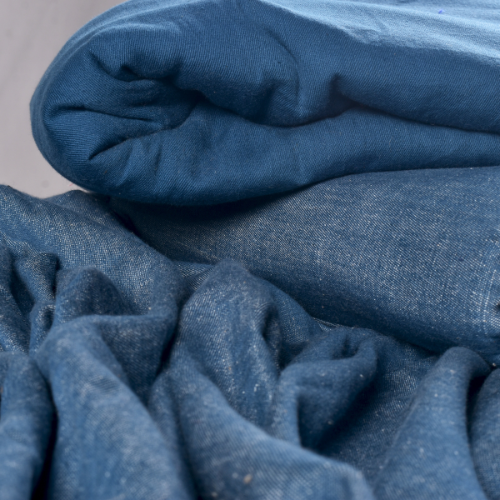
Denim fabric, known for its durability and iconic blue hue, has a rich history that dates back to the 19th century. Originally used for workwear due to its ruggedness, denim has evolved into a staple in the fashion industry, primarily as jeans fabric. Composed of cotton twill woven with colored warp and white weft threads, denim's unique structure contributes to its distinctive appearance and robustness.
Types of Denim Weaves
Denim material comes in a variety of weaves, each offering distinct characteristics. The most common weaves include:
Regular Denim: Also known as "3x1 right-hand twill," this classic weave showcases a diagonal pattern from the lower left to the upper right. It's versatile and widely used in various denim products.
Reverse Denim: In this "3x1 left-hand twill" weave, the diagonal pattern runs from the lower right to the upper left. It has a softer feel and is often used for more comfortable denim items.
Ring Denim: This type of denim incorporates ring-spun yarns, resulting in a smoother texture and enhanced durability. It's commonly found in premium denim products.
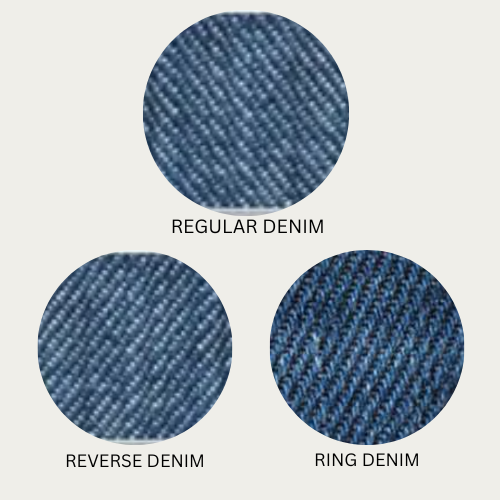
Applications of Denim Fabric
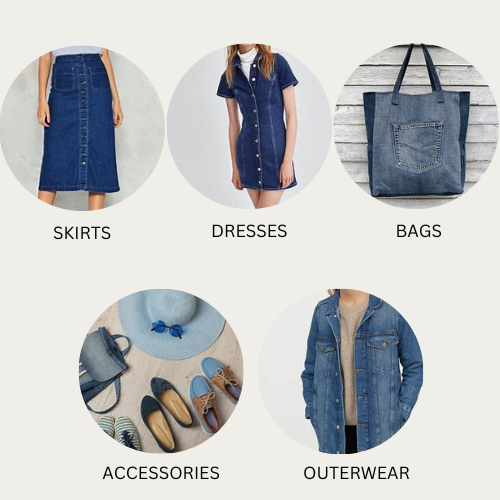
Denim clothes versatility shines through its extensive range of applications and sustainable fashion. Beyond the classic jeans and jackets, denim has found its way into various fashion pieces and accessories. Some notable applications include:
Denim Dresses: Denim, specially Khadi denim dresses offer a stylish and comfortable option for both casual and semi-formal occasions. They come in a variety of cuts and styles, allowing for effortless day-to-night transitions.
Denim Skirts: From mini to midi, denim skirts add a touch of flair to any outfit. They can be paired with crop tops, blouses, or graphic tees for a fashionable look.
Denim Bags: Denim's durability makes it an ideal material for bags and totes. These accessories can withstand daily use while adding an element of rugged sophistication.
Denim Accessories: Beyond clothing, denim is used to create accessories such as hats, belts, and even shoes. These items can elevate your ensemble with a touch of denim's unique texture.
Denim Outerwear: Denim jackets, trousers and coats are timeless staples that can be layered over almost anything. They offer both warmth and style, making them essential pieces for any wardrobe.
Denim Manufacturing Process: From Cotton to Jeans
The manufacturing of denim involves several intricate steps that transform raw cotton into the beloved fabric we know. The process includes:
Spinning and Weaving
The cotton fibers are spun into yarn using advanced spinning techniques that ensure a uniform texture. The resulting yarn is woven into a twill pattern, characterized by its diagonal lines. This twill weave not only adds visual appeal but also contributes to denim's exceptional durability.
Dyeing with Indigo
The next step involves naturally dyeing the fabric with indigo, a plant-based dye that imparts denim's classic blue color. The dyeing process is unique: the outer layers of the yarn absorb the dye while the core remains white. This results in denim's characteristics fading over time, giving each garment a distinct personality.
Finishing and Treatment
Once dyed with natural dyes, the denim fabric undergoes various finishing processes. It may be sanforized, a treatment that prevents shrinking, or given a stonewash treatment for a faded, worn-in appearance. Some denim enthusiasts prefer raw denim, untreated and designed to mold to the wearer's body over time.
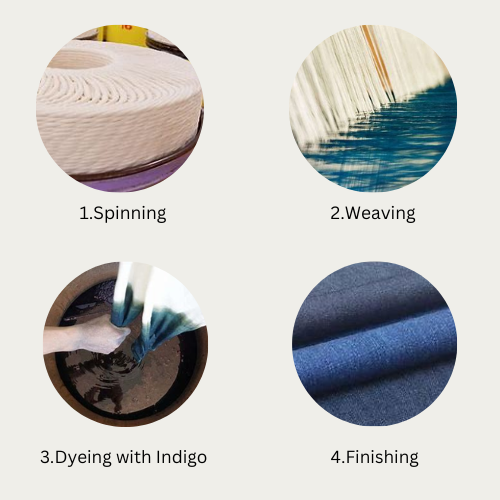
Caring for Your Denim Garments

To prolong the life of your denim garments, it's crucial to follow proper care instructions. Avoid frequent washing to maintain the fabric's color and integrity. When necessary, turn the garment inside out, use cold water, and opt for a gentle cycle. Air drying is recommended to prevent unnecessary wear and tear.
related questions
What type of fabric is denim?
arrow_drop_downDenim is a sturdy cotton twill fabric. It is woven using a diagonal ribbing technique that gives it its characteristic strength and durability. Denim is known for its versatility and is commonly used to make jeans, jackets, skirts, and other casual apparel.
Is denim made of pure cotton?
arrow_drop_downDenim is typically made from cotton, but it may not always be 100% pure cotton. While traditional denim is woven entirely from cotton fibers, modern denim blends may include other materials
How is denim fabric made?
arrow_drop_downDenim fabric is made through spinning cotton fibers into yarns, weaving them into a twill pattern, dyeing the fabric with indigo, and finishing processes such as sanforization and stonewashing.
Why is denim fabric is expensive?
arrow_drop_downDenim fabric can be expensive due to the quality of materials, complex manufacturing processes, traditional dyeing techniques, brand reputation, and sustainable practices.
More Blogs
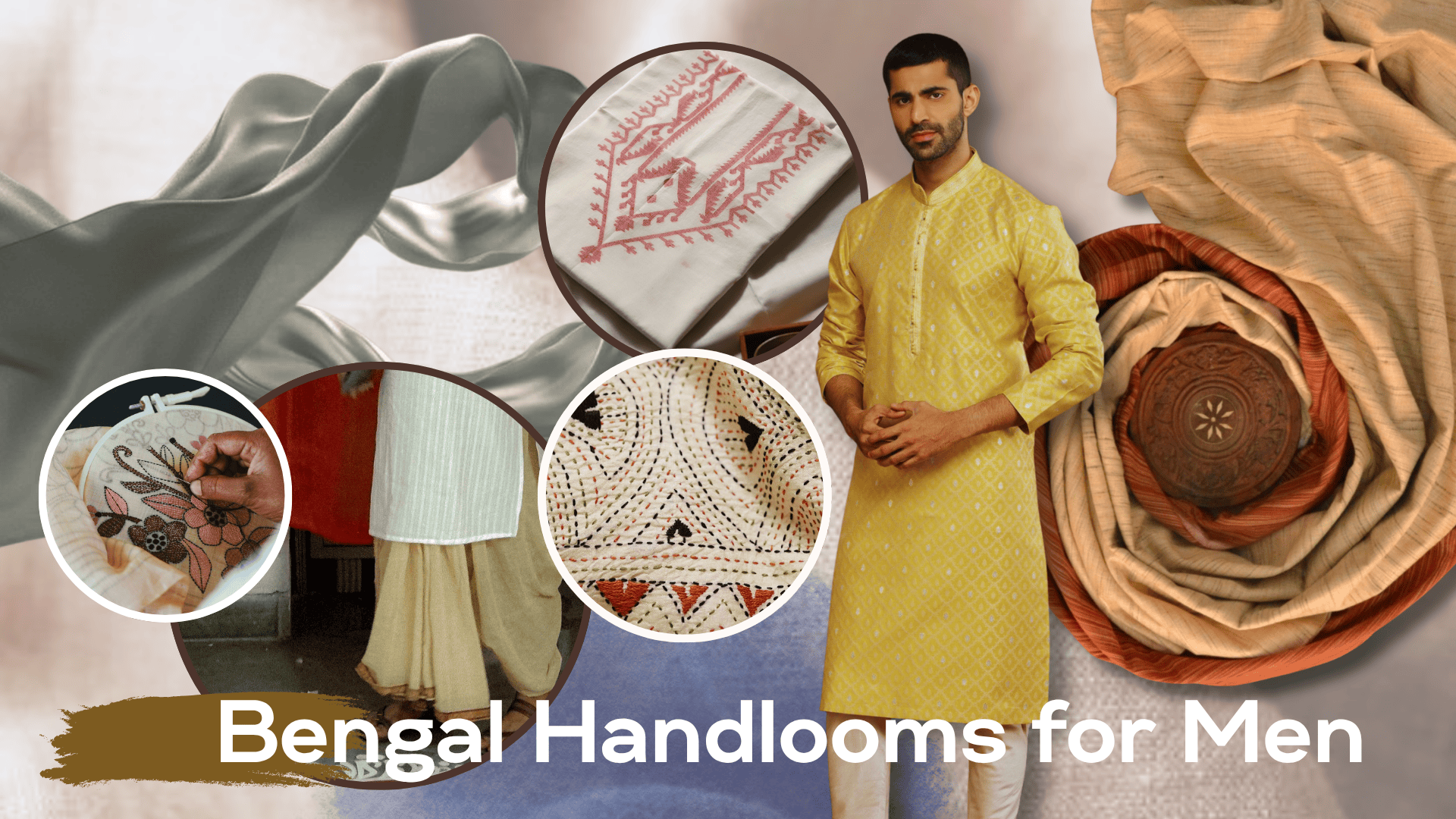
bengal looms for men: beyond the kurta
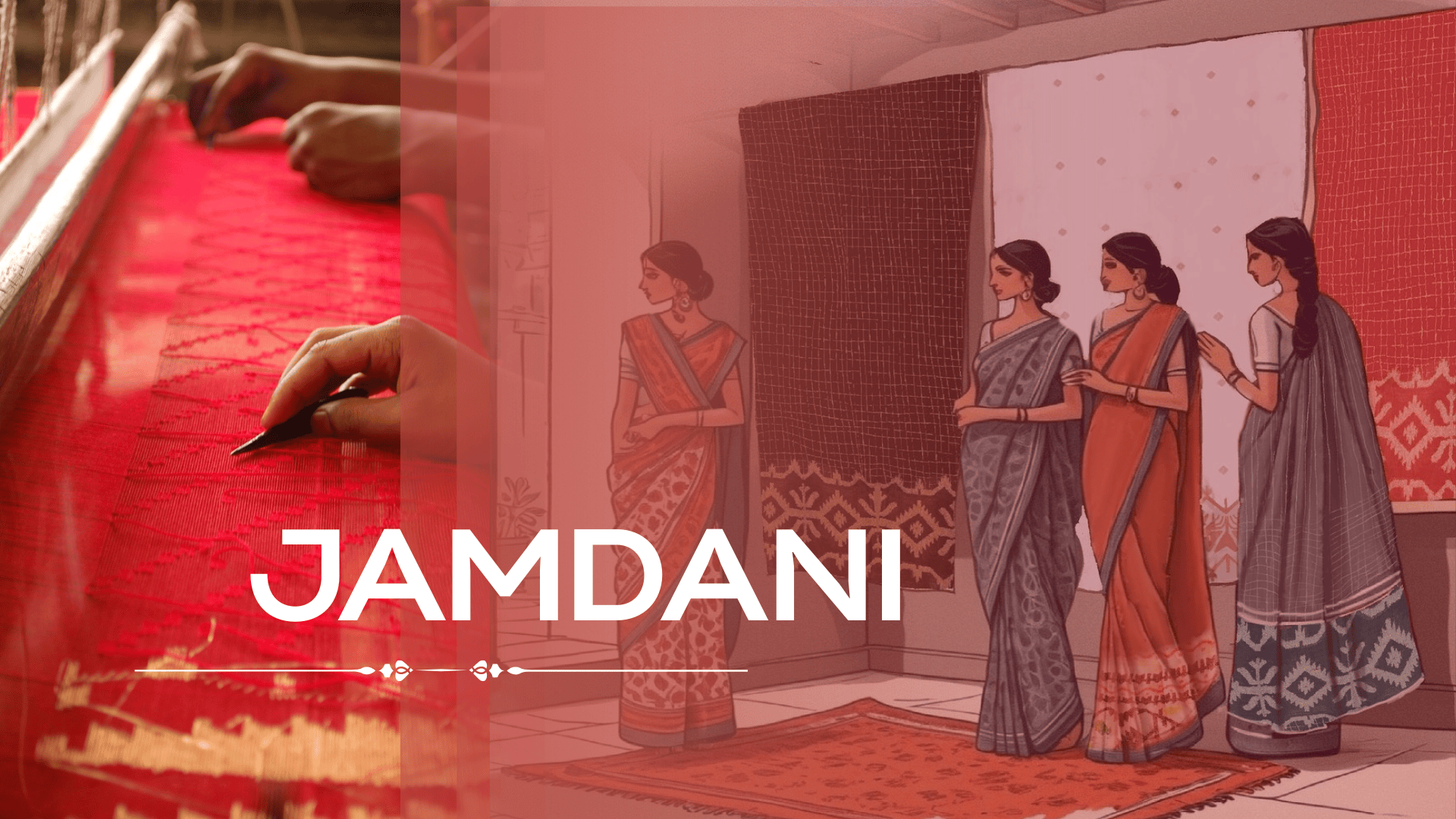
jamdani magic: why this weave is unesco-recognized as cultural heritage
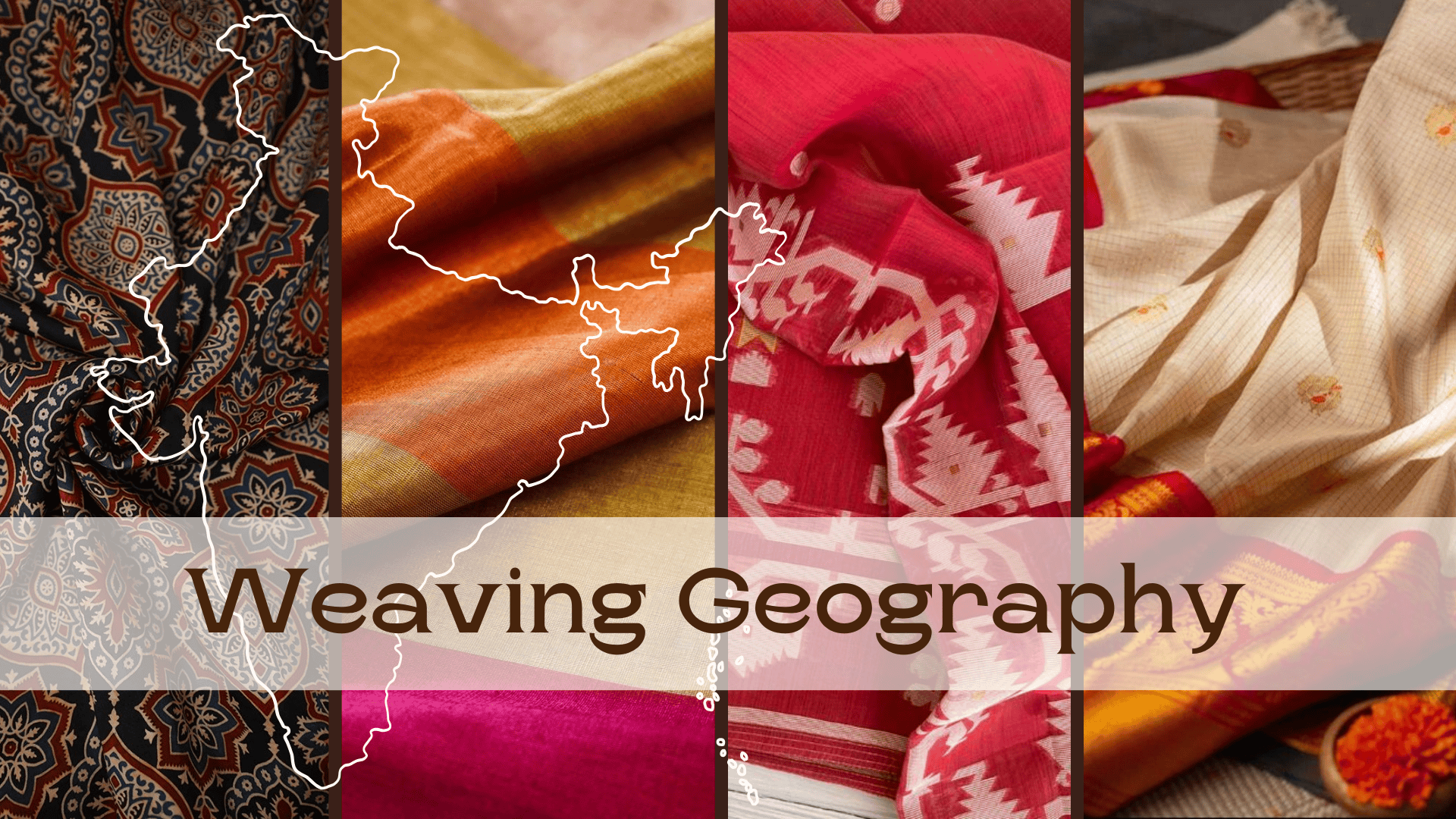
weaving geography: which district is known for which handloom fabrics
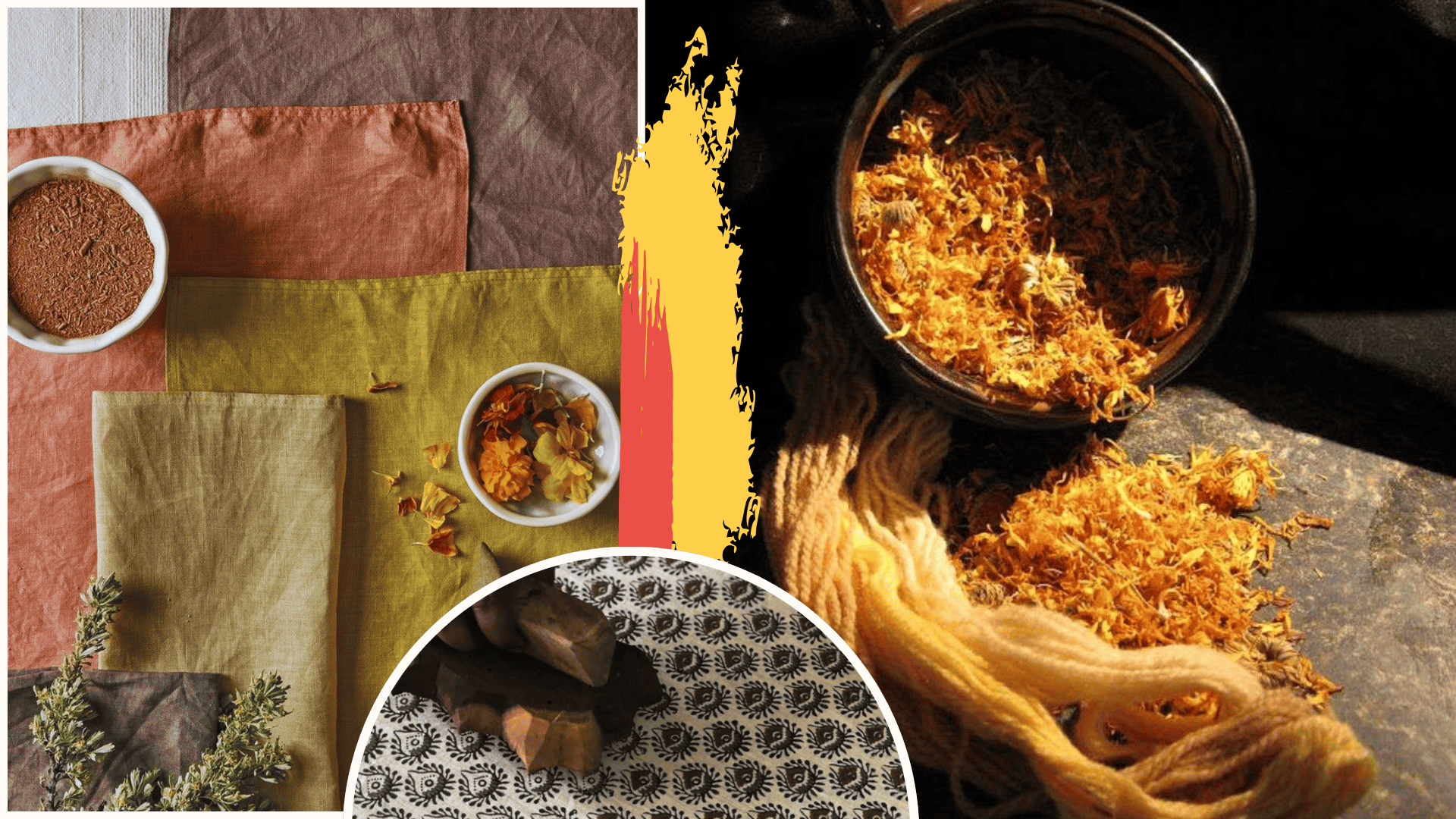
the ultimate guide to naturally dyed and block printing textiles
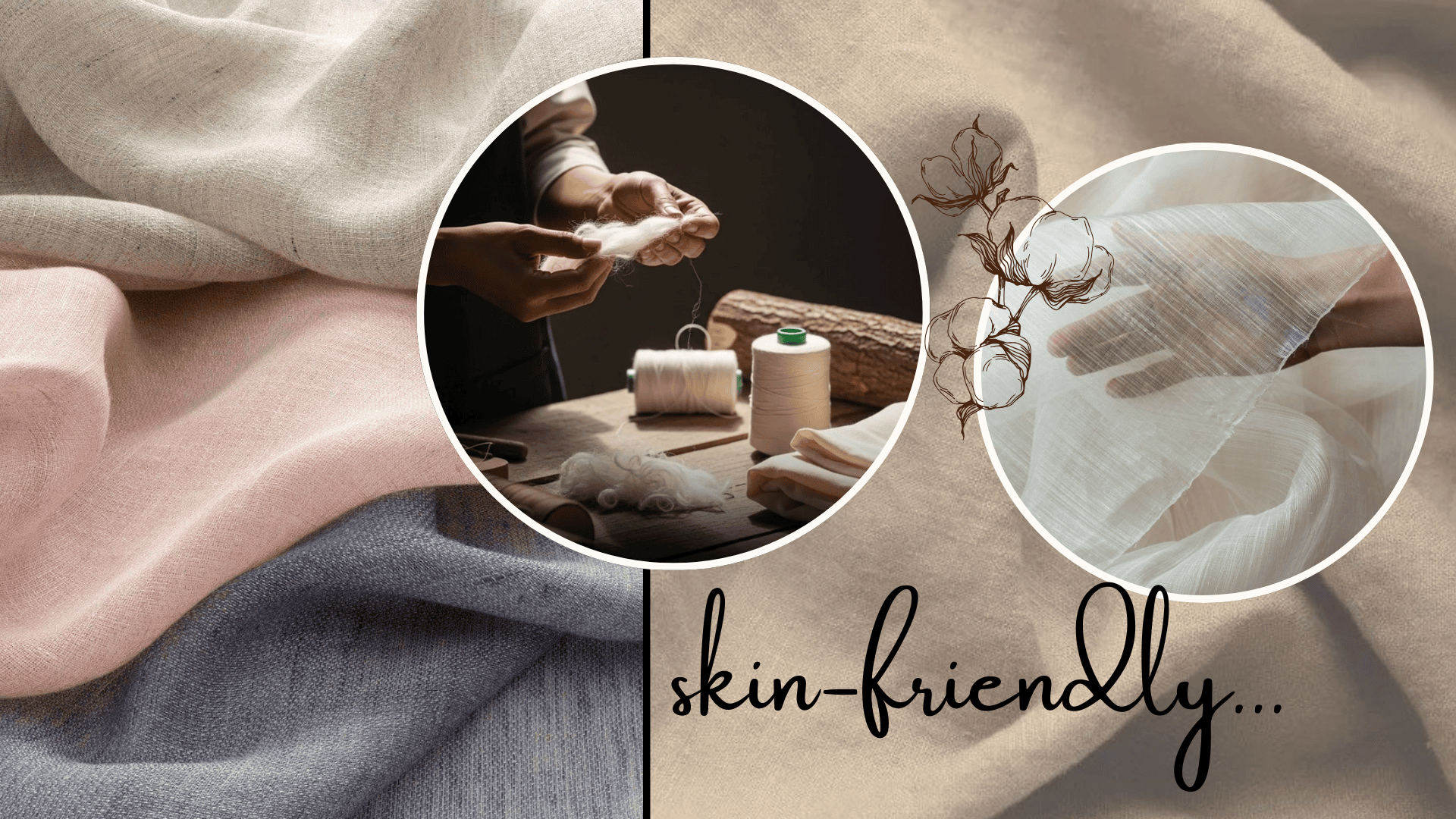
why skin-friendly textiles are the next luxury in fashion
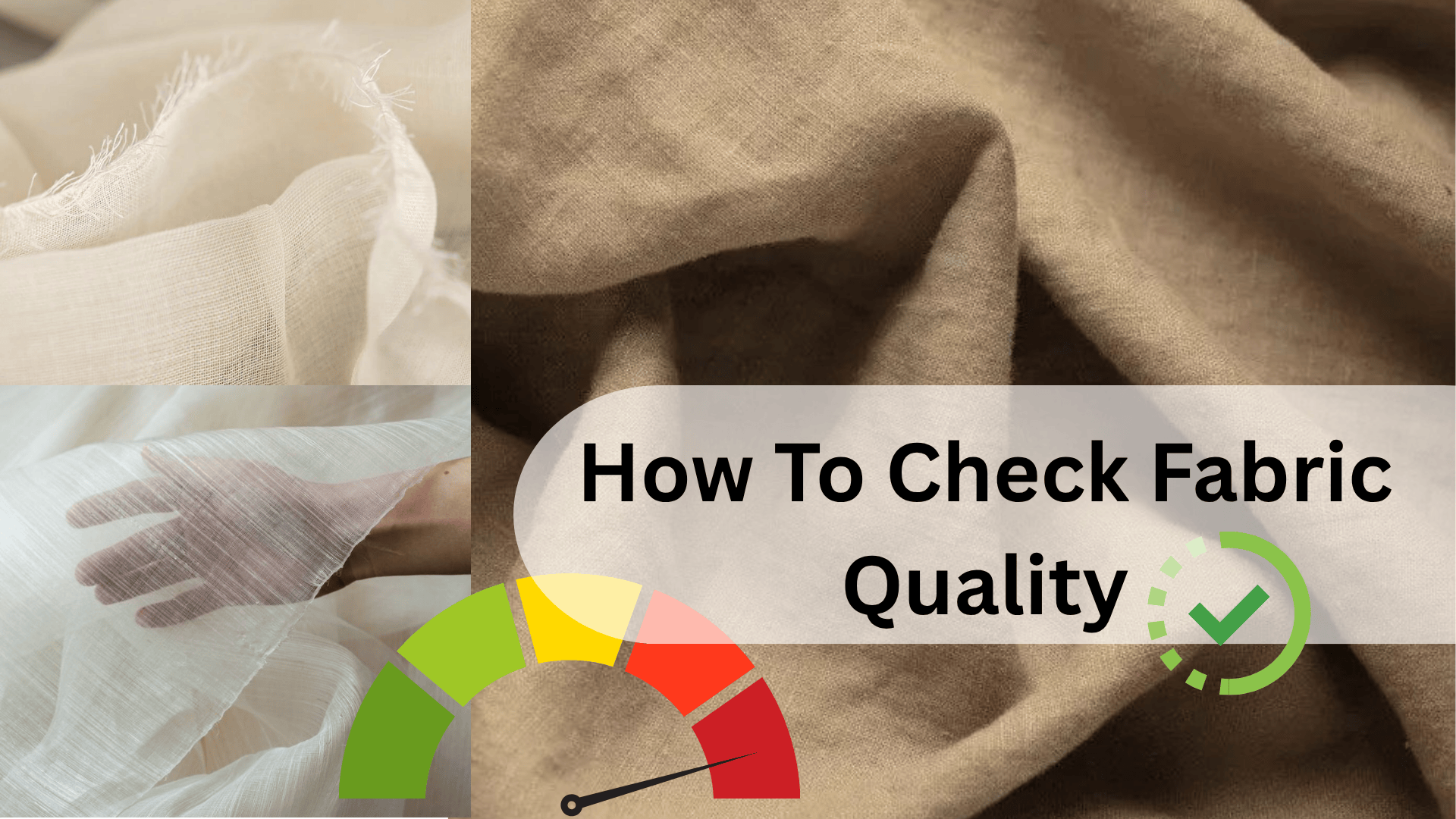
7 visual cues to identify fabric quality instantly






